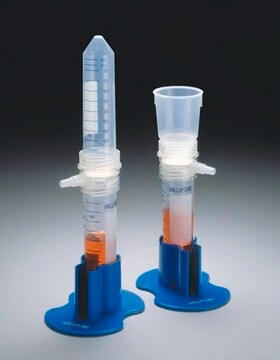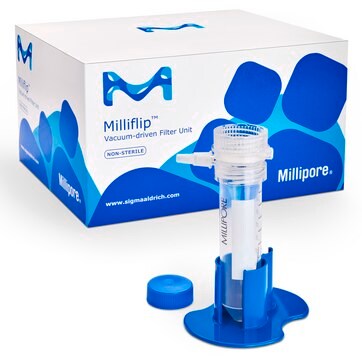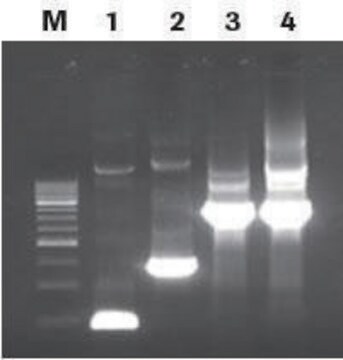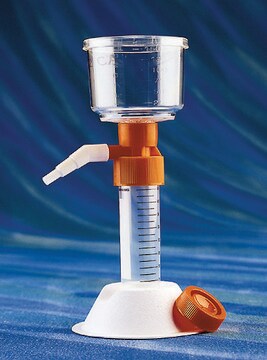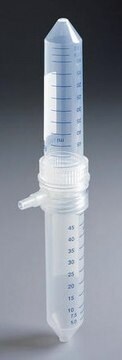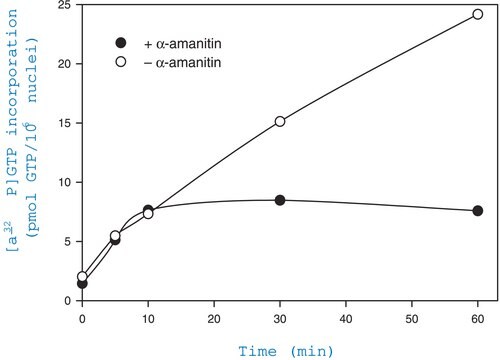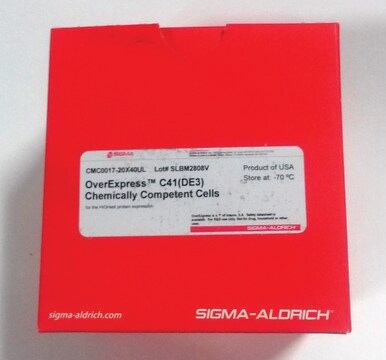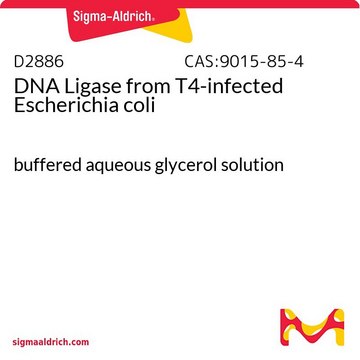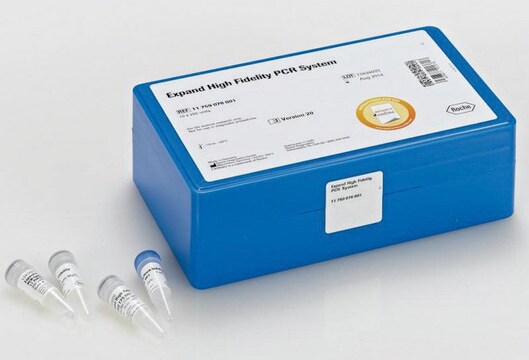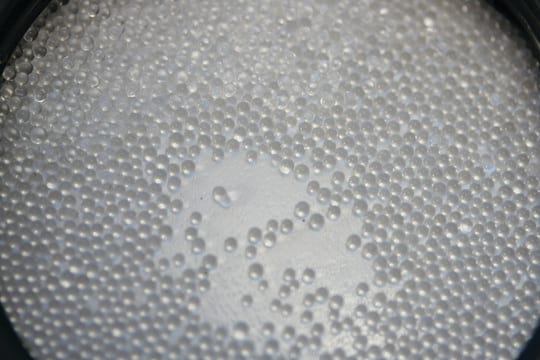11635379001
Roche
Rapid DNA Ligation Kit
Synonym(s):
dna ligation kit, rapid, ligation kit, rapid dna
Sign Into View Organizational & Contract Pricing
All Photos(1)
About This Item
UNSPSC Code:
41106618
Recommended Products
usage
sufficient for 40 reactions (DNA ligation)
Quality Level
manufacturer/tradename
Roche
storage temp.
−20°C
Related Categories
General description
The Rapid DNA Ligation Kit contains all reagents necessary for ligation. No additional reagents or additives are required. The kit can rapidly ligate DNA with either blunt or sticky ends at +15 to +25°C. Depending on the DNA concentration in the reaction, the ligation products will be either circular (if the DNA concentration is low) or concatemeric (if the DNA concentration is high). Ligated DNA is suitable for direct use in transformation experiments.
Note: Electroporation can be performed after ligation in combination with the High Pure® PCR Product Purification Kit.
Note: Electroporation can be performed after ligation in combination with the High Pure® PCR Product Purification Kit.
Specificity
DNA with either blunt or sticky ends (≤200 ng).
Heat inactivation: 10 min at 65 °C (T4 Ligase)
Inactivation of T4 Ligase is necessary only if the ligation reaction mixture is to be used in experiments other than transformation assays.
Note: Heat inactivation of the ligation reaction mixture before transformation causes the number of transformed colonies to decrease drastically (> factor of 20).
Star activity: Star activity should also be avoided. When double digests are performed with enzymes prone to star activity, consult the Roche Restriction Enzyme Poster (or the Roche Applied Science Catalog) to select the optimal buffer for a given enzyme combination. Whenever possible use Buffer H for double digests.
Heat inactivation: 10 min at 65 °C (T4 Ligase)
Inactivation of T4 Ligase is necessary only if the ligation reaction mixture is to be used in experiments other than transformation assays.
Note: Heat inactivation of the ligation reaction mixture before transformation causes the number of transformed colonies to decrease drastically (> factor of 20).
Star activity: Star activity should also be avoided. When double digests are performed with enzymes prone to star activity, consult the Roche Restriction Enzyme Poster (or the Roche Applied Science Catalog) to select the optimal buffer for a given enzyme combination. Whenever possible use Buffer H for double digests.
Application
The Rapid DNA Ligation Kit covalently joins either sticky-ended or blunt-ended DNA fragments, for example, for:
- Cloning into plasmid or phage vectors.
- Adding linkers to plasmids or other DNAs.
- Recircularizing linear DNA.
Features and Benefits
- Fast: ligation takes only 5 minutes.
- Convenient: ligation is performed at +15°C to +25°C.
- Easy: kit contains all buffers and enzymes needed.
- Flexible: kit can be used for all common ligation reactions.
- Reliable: simple procedure and ready-to-use reagents ensure accuracy and reproducibility.
Packaging
1 kit containing 3 components.
Preparation Note
Incubation time: 5 minutes
Molar ratio of DNA to be ligated: The molar ratio of vector DNA to insert DNA in the standard ligation reaction is normally 1:3. However, when appropriate, you may use other ratios. For example:
If the two DNAs differ greatly in length, try a 1:1 or 1:2 ratio
If the ends of the two DNAs are blunt, try a 1:5 ratio
Molar ratio of DNA to be ligated: The molar ratio of vector DNA to insert DNA in the standard ligation reaction is normally 1:3. However, when appropriate, you may use other ratios. For example:
If the two DNAs differ greatly in length, try a 1:1 or 1:2 ratio
If the ends of the two DNAs are blunt, try a 1:5 ratio
Other Notes
The new Rapid DNA Dephos & Ligation Kit contains all the reagents of the Rapid DNA Ligation Kit plus our new rAPid Alkaline Phosphatase.
Legal Information
High Pure is a registered trademark of Roche
Kit Components Only
Product No.
Description
- Dilution Buffer 5x concentrated
- T4 DNA Ligation Buffer 2x concentrated
- T4 DNA Ligase 5 U/μl
Storage Class Code
12 - Non Combustible Liquids
WGK
WGK 1
Flash Point(F)
does not flash
Flash Point(C)
does not flash
Choose from one of the most recent versions:
Already Own This Product?
Find documentation for the products that you have recently purchased in the Document Library.
Customers Also Viewed
Monoclonal Antibodies against Plasmodium falciparum Circumsporozoite Protein
Zhang M, et al.
Antibodies, 6, 11-11 (2017)
Marcelo A German et al.
Nature protocols, 4(3), 356-362 (2009-02-28)
We have developed a novel approach called parallel analysis of RNA ends (PARE) for high-throughput identification of microRNA (miRNA) targets and diverse applications for the study of the RNA degradome. The method described here comprises a modified 5'-rapid amplification of
Hannah L Wallace et al.
Frontiers in immunology, 13, 788138-788138 (2022-03-04)
Extensive inflammation in the liver is known to contribute to the pathogenesis of hepatitis C virus (HCV) infection. Apoptosis has, for a long time, been known to act as a mechanism of hepatocyte death, but our previous research also identified
Monoclonal Antibodies against Plasmodium falciparum Circumsporozoite Protein.
Min Z, et al.
Antibodies, 6(3), 11-11 (2017)
Christopher King et al.
Integrative biology : quantitative biosciences from nano to macro, 8(2), 216-229 (2016-01-21)
Here we introduce the fully quantified spectral imaging (FSI) method as a new tool to probe the stoichiometry and stability of protein complexes in biological membranes. The FSI method yields two dimensional membrane concentrations and FRET efficiencies in native plasma
Protocols
Rapid DNA Ligation Kit Protocol
Our team of scientists has experience in all areas of research including Life Science, Material Science, Chemical Synthesis, Chromatography, Analytical and many others.
Contact Technical Service